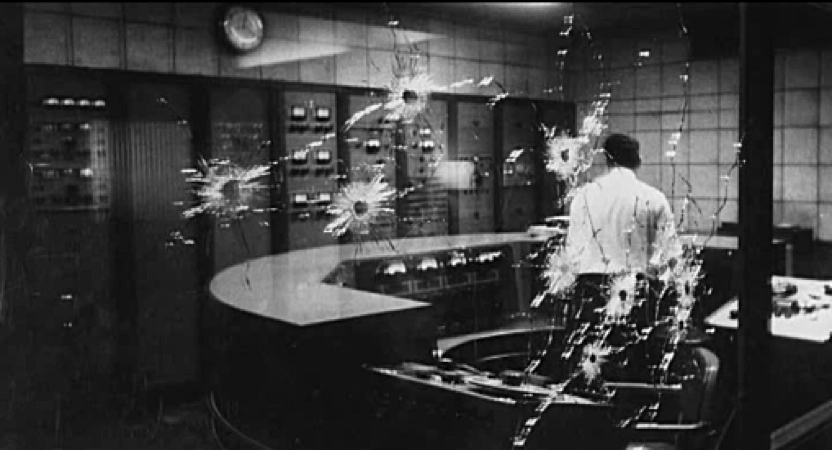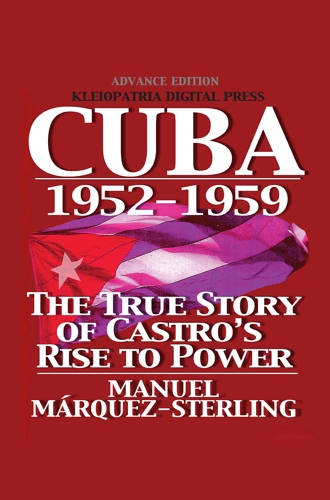March 13, 1957
Revolutionary student groups FEU-DR attacked the presidential palace in an assassination attempt on Batista. Forty attackers were killed including José Antonio Echeverría (FEU leader) and Menelao Mora Morales (a former Autentico congressman).
The Presidential Palace was Cuba’s equivalent of the US White House, housing the government offices of the President and his administration, and also the residential quarters of the first family. It had served this function since its inauguration in 1920. The Orestes Ferrara site has a set of pictures of this beautiful building over the years.
On the afternoon of 13 March 1957. the FEU/DR attackers and their allies pulled up to the Presidential Palace in two automobiles and a delivery truck, where the attackers jumped out, opened fire on the guards at the entrance, and rushed the building to storm Batista’s office, which they found empty. Batista had gone to the family quarters on the third floor a few minutes earlier to check in his sick son. The attackers tried to reach those quarters, but the elevator being on the residential floor already there was no way for the attackers to get to the third floor. A gun battle of a few hours ensued. A few attackers escaped, but most were killed in the building.
As the palace battle was in progress, Echeverria and DR confederates armed with pistols and machine guns assaulted the CMQ 24 hour news station Radio Reloj and shouted into the microphones that Batista was dead, rebel forces were in control, and called for a national strike and uprising by the military. Only the beginning of the message aired, that Batista was dead and had been slain by the DR. Echeverria didn’t realize the microphone cut out after his first few words, apparently due to volume-limiting circuitry. The attackers then fled to the University in their cars. Enroute, Echeverría ran into a patrol car and opened fire on the police, who shot back killing him.
The failed attack provoked brutal reprisals. That evening Batista's police force launched one of the worst waves of repression and political violence Cuba experienced in the 50s. Some police squads, apparently of their own initiative, rousted opposition leaders not involved in the attack—including Carlos Márquez-Sterling. In the ensuing bloodbath one of the casualties was distinguished attorney and former senator Pelayo Cuervo Navarro, a prominent figure in the abstencionista opposition and leader of the Ortodoxo Party. Pelayo Cuervo was assassinated the night of March 13, as this new wave of violence surged.
The leadership of the DR was eliminated by losses in the attack and its aftermath.
 |  |
| Presidential Palace, Havana Cuba. April 1958 (photo: Joseph Scherschel/LIFE) | Radio Reloj broadcasting control booth. 13-Mar 1957 |
based on Manuel Márquez-Sterling's Cuba 1952-1959 and
Cuba 1952-1959 Interactive Timeline
Cuba 1952-1959 Interactive Timeline
Related post: The Batista Paradox


 Mobile subscription
Mobile subscription



No comments:
Post a Comment